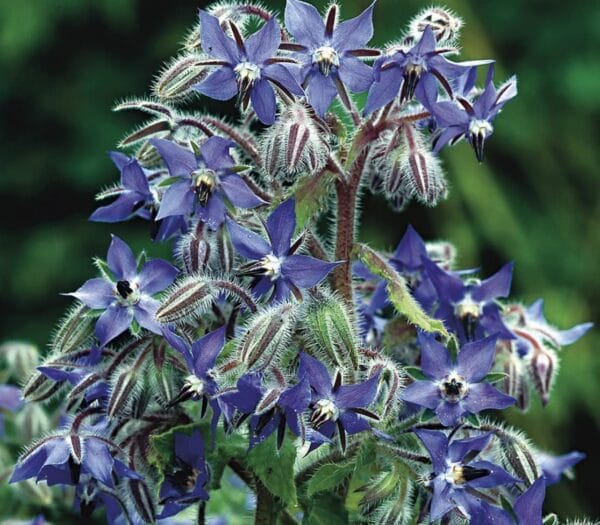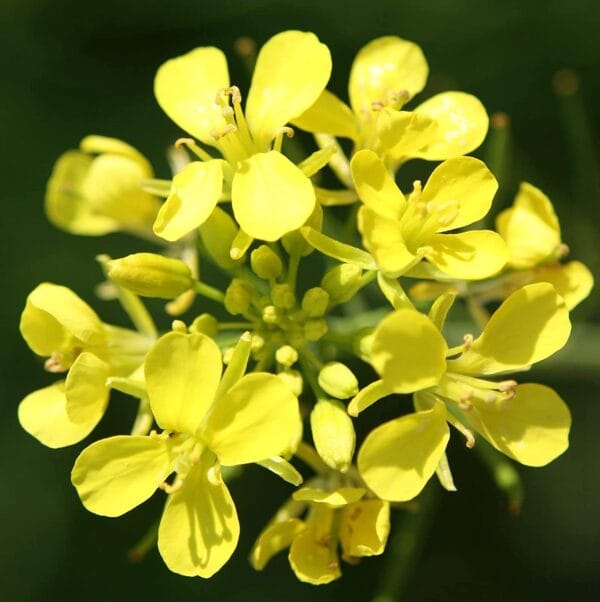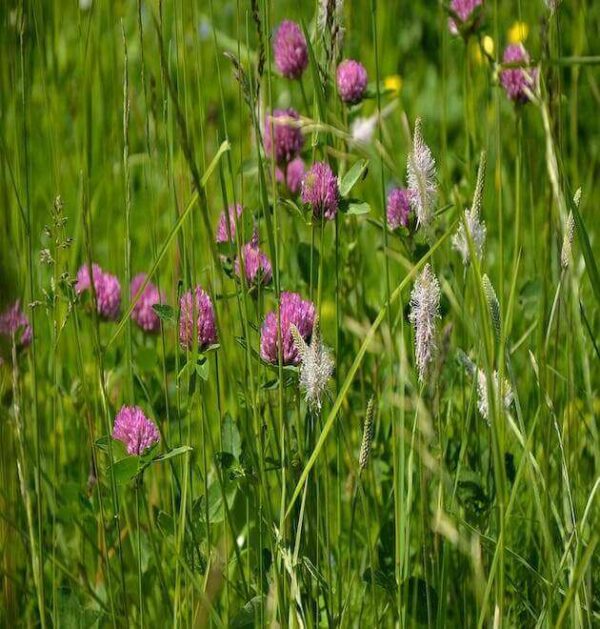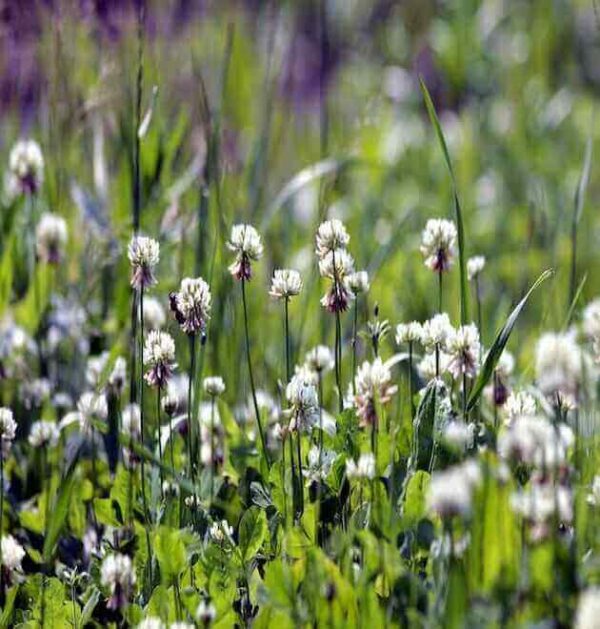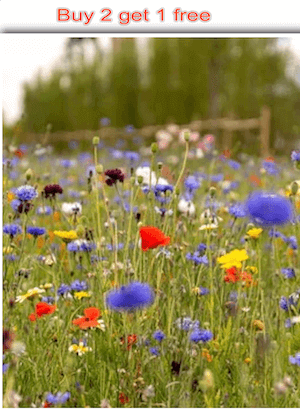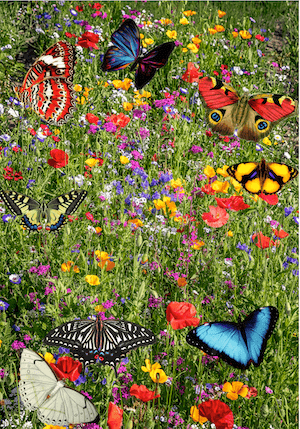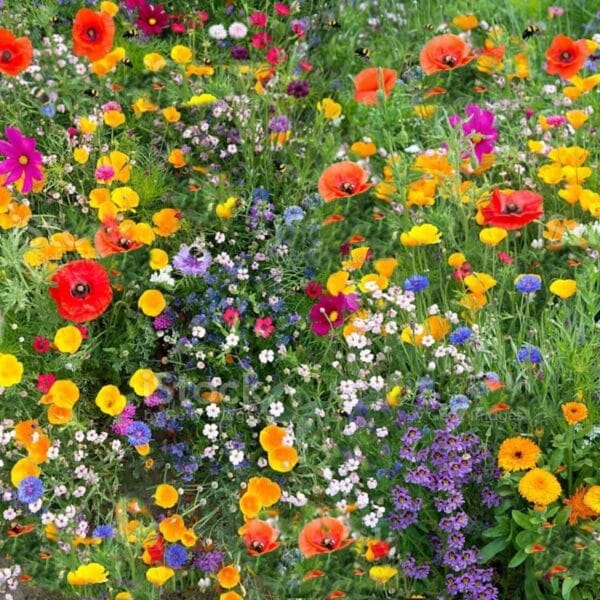+447709283333 | info@damavandpro.com
Annual Flowers for Different Climates: A Comprehensive Guide
Introduction of annual flowers for different climates
- Brief overview of the importance of choosing annual flowers according to the climate
- The climate in which you live plays a crucial role in determining the type of annual flowers that will thrive in your area.
- Knowing which annual flowers are best suited for your climate will help you choose plants that will grow well, produce vibrant blooms, and provide you with a beautiful garden throughout the growing season.
- Definition of best annual flowers
- Annual flowers are plants that complete their life cycle in one growing season, from seed to flower to seed again.
- Unlike perennials, which return year after year, annuals must be replanted every year.
- Explanation of the different climates and their characteristics
- Mild Climates – Areas with a temperate and relatively stable climate, characterized by warm winters and cool summers, such as the coastal regions of California and the Pacific Northwest.
- Temperate Climates – Regions with a moderate climate, characterized by four distinct seasons, such as the Mid-Atlantic and Midwest regions of the United States.
- Arid Climates – Areas with low rainfall and high temperatures, such as the Southwest and desert regions of the United States.
- Cold Climates – Regions with harsh winter conditions, characterized by snow and freezing temperatures, such as the Northeast and upper Midwest regions of the United States.
Annual flowers for dry climates
- Description of mild climates
- Mild climates are characterized by warm winters and cool summers, making them ideal for growing a variety of annual flowers.
- These regions typically receive moderate rainfall throughout the year and have a temperate and relatively stable climate.
- Best annual flowers for mild climates
- Some of the best annual flowers for mild climates include: petunias, marigolds, impatiens, geraniums, and zinnias.
- These flowers are known for their ability to thrive in mild weather conditions, producing vibrant blooms and adding color to your garden throughout the growing season.
- Tips for planting and maintaining annual flowers in mild climates
- Plant your annual flowers in well-drained soil, as excessive moisture can cause root rot and other problems.
- Choose a sunny location for your plants, as most annual flowers prefer full sun to produce the best blooms.
- Make sure to water your plants regularly, especially during dry spells, to keep the soil consistently moist.
- Fertilize your annual flowers regularly, using a balanced fertilizer, to promote healthy growth and blooms.
- Deadhead spent blooms to encourage the plants to produce more flowers.
- Regularly check for pests and diseases, and treat promptly to prevent damage to your plants.
Temperate Climates
- Description of temperate climates
- Temperate climates are characterized by four distinct seasons, including spring, summer, fall, and winter.
- These regions typically receive moderate rainfall throughout the year, and temperatures range from cool to warm.
- Best annual flowers for temperate climates
- Some of the best annual flowers for temperate climates include: snapdragons, cosmos, sunflowers, dahlias & calendulas.
- These flowers are known for their ability to thrive in a range of temperatures, producing vibrant blooms throughout the growing season.
- Tips for planting and maintaining annual flowers in temperate climates
- Choose a location with well-draining soil to prevent root rot and other problems.
- Make sure to plant your annual flowers in a sunny location, as most prefer full sun to produce the best blooms.
- Water your plants regularly to keep the soil consistently moist, but be careful not to overwater.
- Fertilize your annual flowers regularly to promote healthy growth and blooms.
- Deadhead spent blooms to encourage the plants to produce more flowers.
- Keep an eye out for pests and diseases, and treat promptly to prevent damage to your plants.
- Consider using a layer of mulch around your plants to conserve moisture and regulate soil temperature.
Arid Climates
- Description of arid climates
- Arid climates are characterized by low rainfall and high temperatures, making them challenging for growing annual flowers.
- These regions typically have hot summers and mild winters, with limited moisture available for plant growth.
- Best annual flowers for arid climates
- Some of the best annual flowers for arid climates include: portulacas, desert marigolds, gazanias, asters, and verbena.
- These flowers are adapted to growing in dry conditions, producing vibrant blooms despite limited moisture.
- Tips for planting and maintaining annual flowers in arid climates
- Choose drought-tolerant annual flowers that are specifically adapted to growing in arid climates.
- Plant your annual flowers in well-draining soil to prevent water from pooling and causing root rot.
- Choose a sunny location for your plants, as most prefer full sun to produce the best blooms.
- Make sure to water your plants deeply and infrequently, to encourage deep root growth and water conservation.
- Consider using mulch or other ground covers to conserve moisture and regulate soil temperature.
- Keep an eye out for pests and diseases, and treat promptly to prevent damage to your plants.
- Consider using drought-resistant techniques, such as xeriscaping, to reduce water use and conserve resources.
Annual flowers for cold climates
- Description of cold climates
- Cold climates are characterized by freezing temperatures, heavy snowfall, and limited growing seasons.
- These regions typically have long, harsh winters and short, cool summers, making it challenging to grow annual flowers.
- Best annual flowers for cold climates
- Some of the best annual flowers for cold climates include: pansies, snapdragons, primroses, forget-me-nots, and sweet alyssum.
- These flowers are adapted to growing in cool temperatures, producing vibrant blooms despite limited sunlight and warmth.
- Tips for planting and maintaining annual flowers in cold climates
- Choose cold-tolerant annual flowers that are specifically adapted to growing in cold climates.
- Plant your annual flowers in well-draining soil to prevent water from pooling and causing root rot.
- Choose a sunny location for your plants, as most prefer full sun to produce the best blooms.
- Make sure to water your plants regularly to keep the soil consistently moist, but be careful not to overwater.
- Consider using row covers or other protective measures to keep your plants warm during cold snaps.
- Fertilize your annual flowers regularly to promote healthy growth and blooms.
- Deadhead spent blooms to encourage the plants to produce more flowers.
- Keep an eye out for pests and diseases, and treat promptly to prevent damage to your plants.
FAQs
What are annual flowers and why are they important?
Annual flowers are plants that complete their entire life cycle in one growing season, from seed to flower to seed. They are important because they provide color and interest to gardens and landscapes, and can be used to create seasonal displays and highlight certain areas.
Can annual flowers be planted in temperate climates?
Yes, annual flowers can be planted in temperate climates. There are many annual flowers that are adapted to growing in temperate climates, with a range of colors, sizes, and growing habits to choose from.
What are the best annual flowers for arid climates?
The best annual flowers for arid climates are those that are adapted to growing in dry conditions, with limited moisture available. Some of the best options include: portulacas, desert marigolds, gazanias, asters, and verbena.
How do I take care of annual flowers in a mild climate?
To take care of annual flowers in a mild climate, choose plants that are adapted to growing in mild conditions, and plant them in well-draining soil. Water deeply and infrequently, and choose a sunny location for your plants. Consider using mulch or other ground covers to conserve moisture and regulate soil temperature. Keep an eye out for pests and diseases, and treat promptly to prevent damage to your plants.
What are some tips for planting annual flowers in a cold climate?
To plant annual flowers in a cold climate, choose cold-tolerant plants that are adapted to growing in harsh conditions. Plant them in well-draining soil, and choose a sunny location. Water regularly to keep the soil consistently moist, and use row covers or other protective measures to keep your plants warm during cold snaps. Fertilize your plants regularly, deadhead spent blooms, and keep an eye out for pests and diseases.
-
1kg Borage Seeds (Agricultural) Wildflower Seeds
£29.00 -
1kg Mustard Seed, Wild Flowers Seeds
£15.99 -
1kg PHACELIA TANACETIFOLIA Seeds: Lacy Phacelia
Original price was: £30.00.£19.99Current price is: £19.99. -
1kg Red Clover Seed Mix Grass: Clover Lawn Seed
£35.00 -
1kg Red Clover Seed Organic Trifolium
£25.00 -
1kg White Clover Grass Lawn Seed: Low Maintenance, Natural Lawns
£29.99 -
1kg Wildflower Meadow Mix: Buy 2 Get 1 Free!
£59.00 -
1kg Wildflower Seeds UK: 21 Species for Pollinator Attraction
£69.99 -
20kg Wildflower Seeds Mix
£799.00

